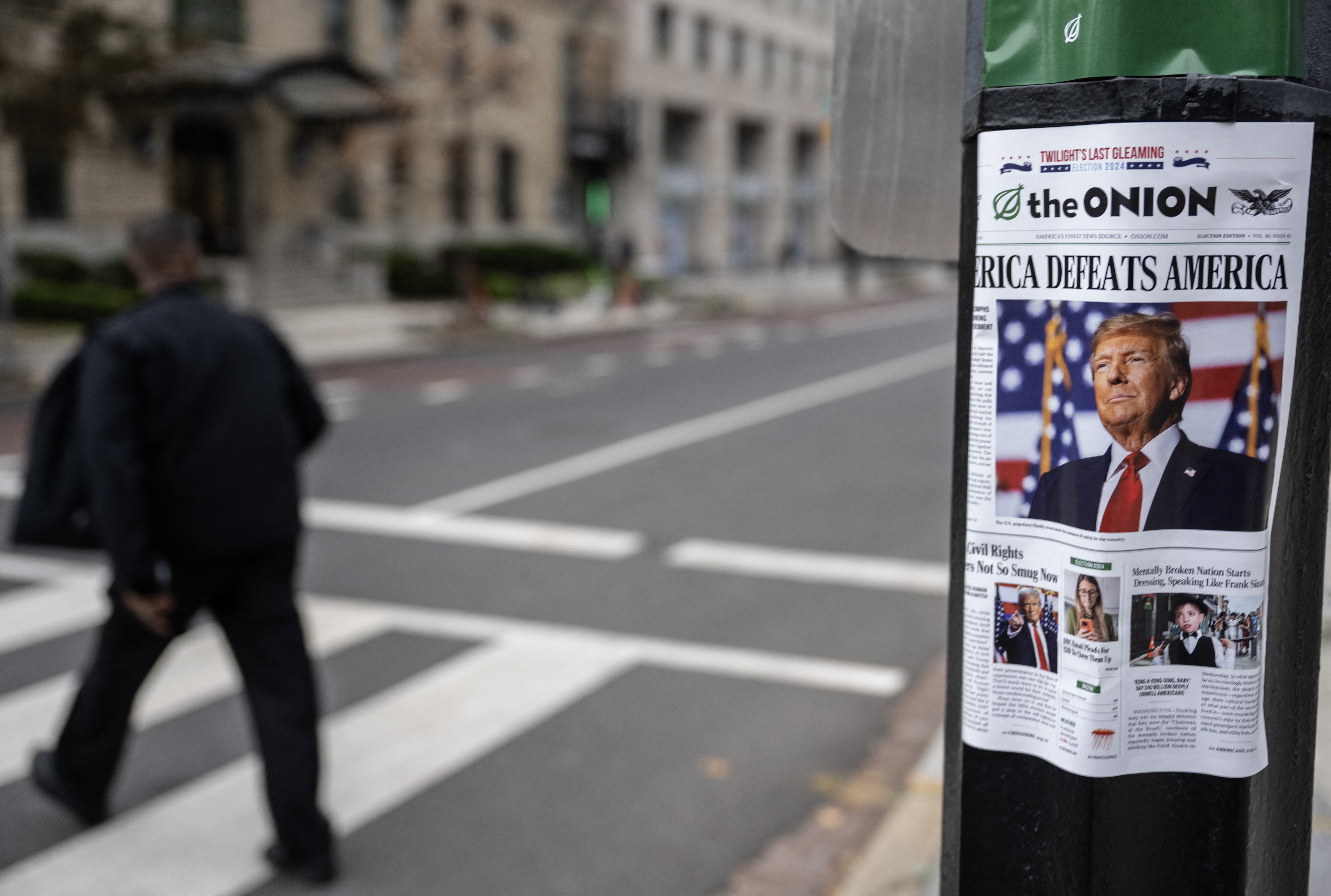
Note: The video in the player above is from a previous report.
With an uptick in COVID cases reported across Illinois this respiratory season, you might be on the lookout for certain symptoms in case you become ill.
While people who've contracted the virus have reported a wide variety of symptoms, a fever, chills and a sore throat, other less common ones are possible.
That includes "COVID toes," a phenomenon that surfaced toward the onset of the pandemic.
The mysterious skin condition that causes purple, blue or red discoloration in toes and occasionally fingers began popping up around the country early on during the pandemic, doctors with Northwestern Medicine previously said, leading some dermatologists to wonder if it may be connected to coronavirus.
While they may appear especially concerning, "COVID toes" - as well as a "COVID rash" are quite rare and aren't signs of a life-threatening complication, according to Dr. Frank Esper, a pediatric infectious disease specialist with the Cleveland Clinic.
“These symptoms may be more common in COVID-19 compared with other viral infections,” Esper said in a Nov. 28 article. “But they don’t affect a majority of people by any means.”
Local
"COVID toes" can appear at any age, but are most likely seen in children, teenagers and young adults. One possible reason, according to doctors with Mount Saini Health System in New York City, is because younger people typically mount more aggressive immune responses to infections.
The swelling and discoloration can begin on one or several toes or fingers, Dr. Amy Paller, chair of dermatology at Northwestern Feinberg School of Medicine, said in an article published by the American Academy of Dermatology.
Feeling out of the loop? We'll catch you up on the Chicago news you need to know. Sign up for the weekly Chicago Catch-Up newsletter.
At first, you might see a bright red color that gradually turns to purple - or you could initially see a purpleish color.
According to Esper, it's quite common for people to get rashes when they’re battling infections and reddish spots on the feet.
“It’s possible that COVID toe is a skin reaction. It could also be caused by a small clog or micro clots in the blood vessels in the toes," the doctor explained.
According to the Cleveland Clinic's article, a growing body of evidence suggests “COVID toe” was "never really a thing." People could have actually been experiencing episodes of chilblains — painful patches of skin that occur in response to cold air exposure.
The American Academy of Dermatology, however, said "COVID toe" can appear as chilblains, but it remains unclear if there is a definite connection between the two.
Researchers who published an article in the JAMA Medical Journal found a weak correlation between chilblain-style lesions and COVID-19. According to the researchers, episodes of chilblains likely increased during the pandemic because people were hyperaware of the bodies.
Also, a lot of people don't wear shoes and shocks at home and many spent more time at home due to shelter-in-place orders. That, they said, could have led to increased cold exposure and resulted in chilblains.
If you’re concerned that you have "COVID toes," first you'll want to take a COVID test to determine if you have contracted the virus. If you test positive, you're encouraged to isolate and follow current Centers for Disease Control and Prevention recommendations.
In most circumstances the condition resolves on its own - but it could take up to two weeks. Doctors recommend behavioral measures such as keeping your feet warm, but in persistent cases topical steroids can help reduce inflammation, and aspirin can help improve blood flow to your extremities, according to the Mount Sinai Health System.



